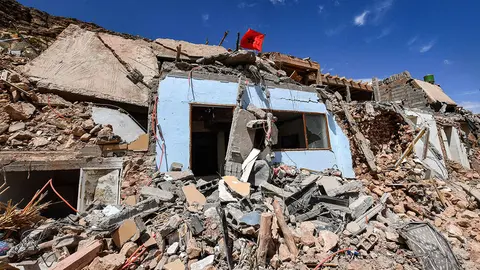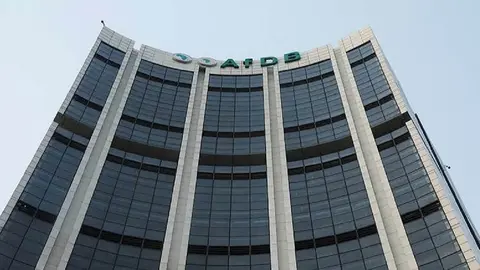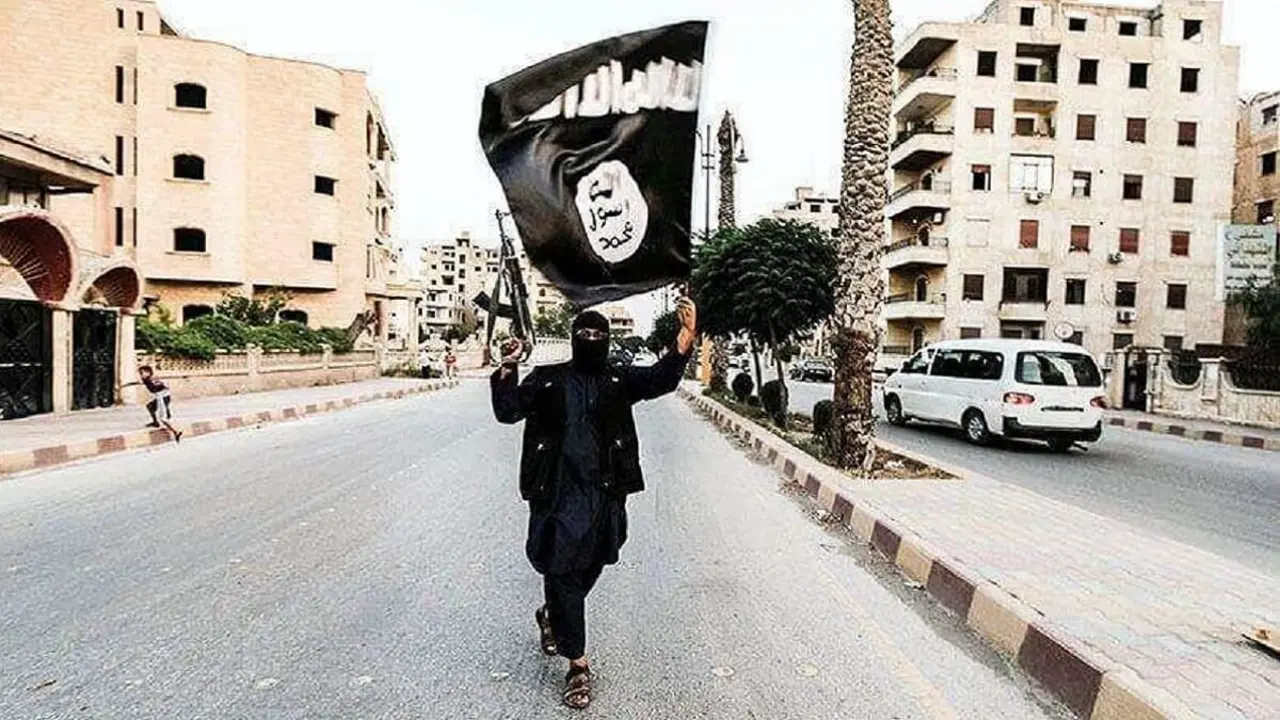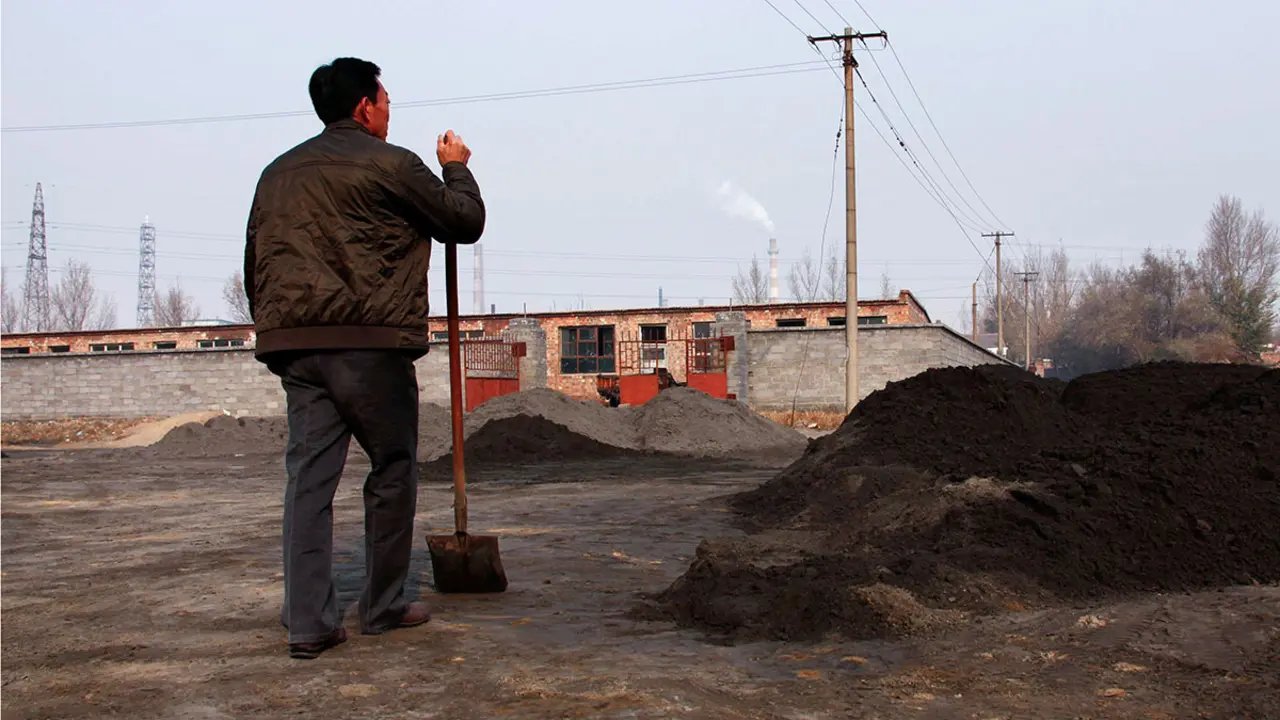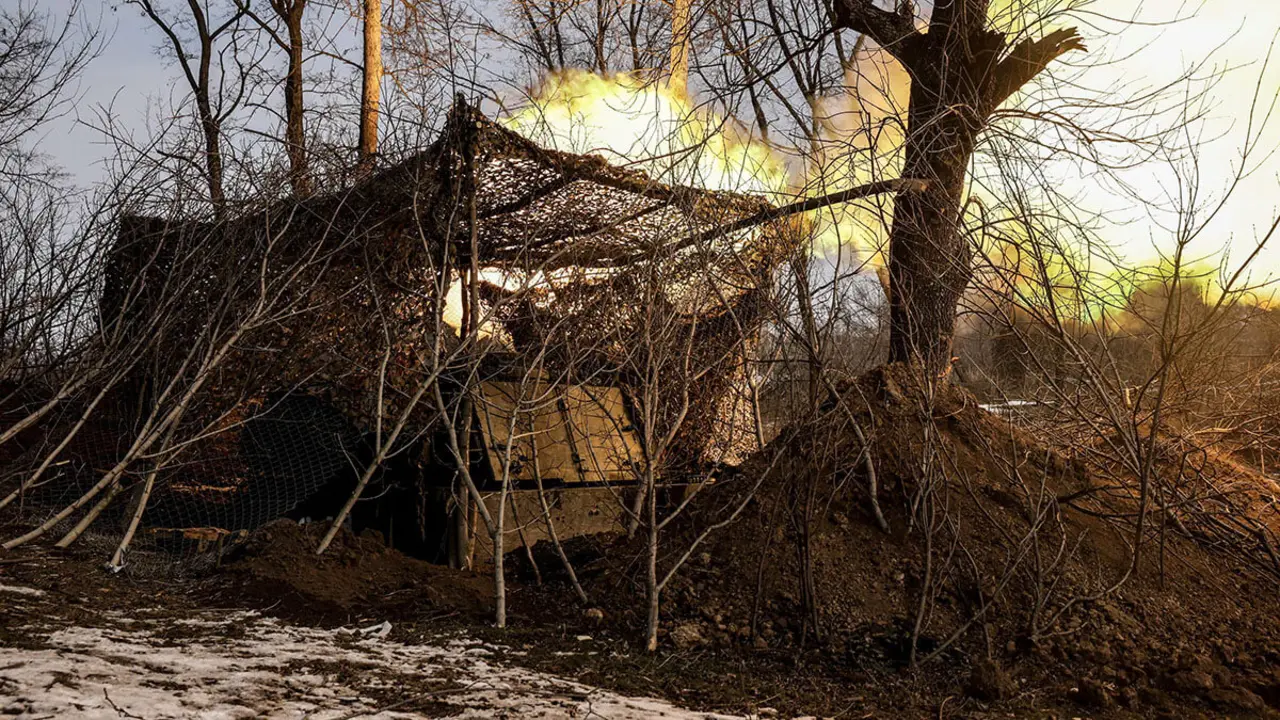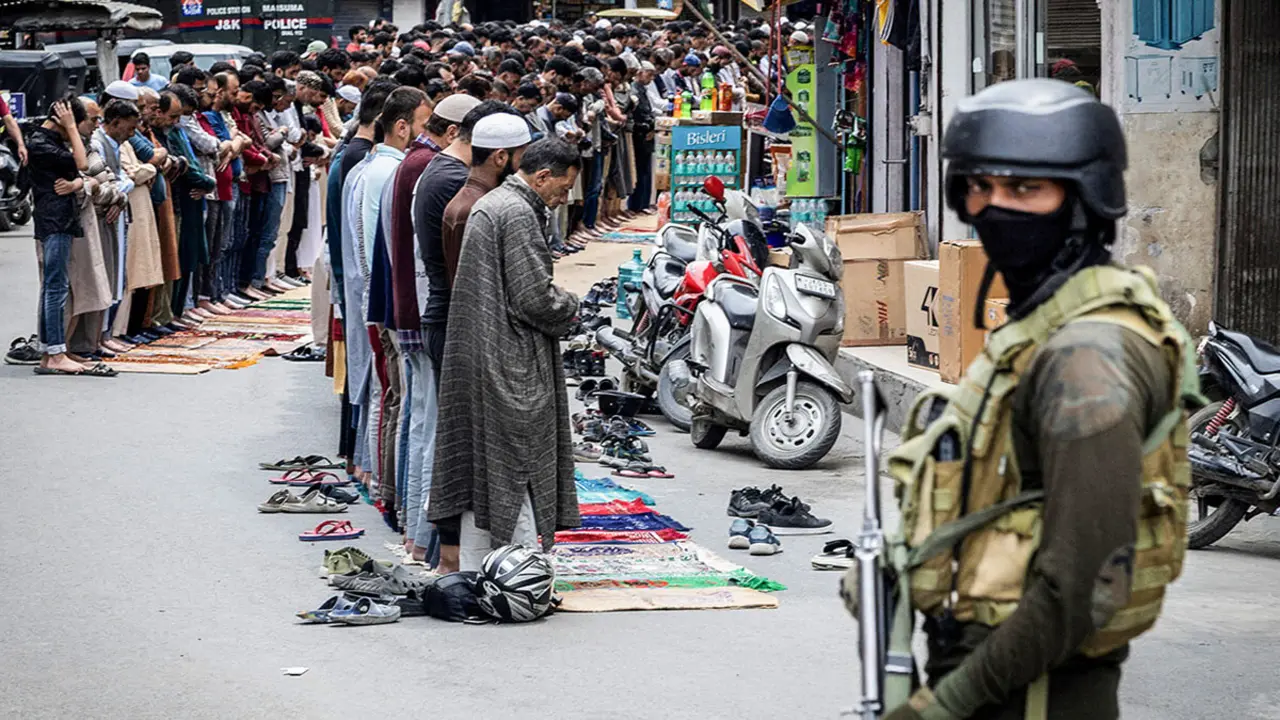10 interesting facts about the populations affected by the earthquake in Marrakesh

The Moroccan High Commission for Planning describes, through its statistics, the socio-demographic profile of the areas affected by the earthquake of 8 September in the region of Al-Haouz; revealing the demographic characteristics, housing conditions, employment, among other curious facts that distinguish the local population.
The area affected by the earthquake in Morocco is characterised by a mostly mountainous topography, which is located in the High Atlas and extends over an area of 53,135 km2. The region is composed of five prefectures: Al-Haouz, Taroudant, Azilal, Chichaoua, Ouarzazate and Marrakech.
Population
With an increase of 9% compared to 2014, the population of all the areas affected by the earthquake is 2,608,115 people in a total of 578,280 families with an average number of members of 4.5 people. This number exceeds the national average (4.1) by 0.1 persons.
The data on the density of disaster areas in 2023 analyses the preponderance of the working-age population. According to this data, the prefecture of Marrakech is the most populated with 364 inhabitants per square kilometre, followed by Al-Haouz with a density of 111 persons per square kilometre. As for Ouarzazate, it is the least densely populated area with 22 inhabitants per square kilometre, while the areas of Taroudant and Chichaoua have a moderate density of 52 and 58 inhabitants per square kilometre respectively.

Age
According to the results of the last General Population and Housing Census, the population aged between 15 and 59 years represents a significant proportion in all the areas affected by the earthquake.
A demographic and social phenomenon that has been detected in some parts of the earthquake-affected areas is the ageing of the population, which is more noticeable in some areas than in others, due to declining fertility rates among other factors. In this context, urban development and the migration of the working population from these areas to Marrakech are causing a drop in the percentage of young people aged 0-14, according to data from the High Commission for Planning.

Languages
Tachelhit is the first language of more than 75% of the communes affected by the 8 September earthquake. In the daily life of the locals, 66.9% of the population use Darija as a language of communication (90.9% for the whole of Morocco), 64.7% use Tachelhit (14.1% of the national total), 2.1 speak Tamazight (7.9 in the whole country) and only 0.1% use the two other languages: Tarifit and Hasania (4.8 in the whole of Morocco). Thus, the majority of the population in the province of Marrakech speak Tachelhit as their mother tongue.

Illiteracy and schooling
The illiteracy rate in the affected area, according to statistics from the 2014 General Population and Housing Census, exceeds the national average (32.3%), reaching 41.2%.
The 2014 CGPV data reveals that 44.4% of the population in the area have no education at all, 5% have pre-school level, 32.4% have primary level, 10.3% have college level, 5.2% have secondary level and only 2.7% have higher education level. These are alarming figures, although the school enrolment rate in the disaster area is 95%, almost at the same level as the national average.

Disability
The prevalence rate of disability in the earthquake zone has risen to 5.2%, a slight difference of 0.1% compared to the national level of 5.1%.
According to ACP statistics, disability is present in all affected areas, but a disparity has been noted between them.

Housing
Almost half of the families in the areas affected by the Al-Haouz natural disaster reside in rural dwellings. The 2014 CGPH data highlights that 50.8% of families live in rural-type accommodation; while 44.2% of families live in a Moroccan house. Other types of housing are almost non-existent in this area.
The distribution of households according to the status of the real estate shows that 84.9% of the households own their homes, which is higher than the national average of 71.9%, and only 8.9% of the households rent their homes.
Looking at the classification of dwellings according to their age in the affected area, 31.9% of the dwellings are more than 50 years old, while 28.2% of the dwellings are between 20 and 49 years old.

Construction materials
According to the material used in construction, 42.5% of shelters in the areas hit by the Al-Haouz earthquake are made of reinforced concrete, terracotta bricks and perpiaño. 34.6% are made of adobe and raw earth bricks; while 16.2% of dwellings are made from sealed stones. The analysis conducted by the CGPV has noted the disparity between the communes and provinces in the area in terms of construction material used for housing.
Reclaimed wood, bamboo and floor coverings are other materials used in the construction of the roof of houses with a rate of 51.6%.
Slabs are also used in the construction of 42.4% of the dwellings in the zone, especially in the prefecture of Marrakech where it reaches 53.3%.

Basic facilities
Due to the mountainous nature of the region, the population living in the earthquake zone travels, on average, 5.9 kilometres to reach the nearest paved road to their main dwelling. This is more than the national average of 3 kilometres.
The 2014 CGPV data has shown that 6.8% of the households in the disaster area do not have a kitchen. 10.2% do not have a bathroom and 50.4% do not have a shower.
Despite the fact that almost 91.8% of the housing in the area is connected to the electricity grid, only 24% of the families in the area live in houses connected to the public sewerage network, compared to 58.9% at the national level. This not only marks large differences at the provincial level, but also reveals an intra-provincial disparity, according to the analysis of the provision of basic facilities carried out by the ACP.

Standard of living and employment
In the areas exposed to the earthquake, the average monetary poverty rate is 8%, double the national rate, indicating that the population in this geographical area is living in a more precarious economic situation than in other areas of Morocco. The average multidimensional poverty rate is 18.5%, which is higher than the Moroccan national average of 8.2%.
It should be noted that the activity rate in the area has risen to 45.6%, which is slightly lower than the Moroccan national average of 47.6%. According to the place of residence, the activity rate in the affected provinces is 48.3% in urban areas compared to 49.1% at the national level and 43.7% in rural areas compared to 45.1% at the national level.
Among the affected provinces and prefectures, Marrakech has the highest activity rate, while Taroudant has the lowest economic activity.

Gender focus
Despite the relatively high rate of school enrolment, there is a considerable difference between boys and girls in terms of schooling, with the majority of pupils being boys. This calls for a review of the situation and greater integration of girls in school, as well as guaranteeing the conditions that will enable them to complete their studies and access the labour market.
Along the same lines, the activity rate of men is substantially higher than that of women, which reflects a clear inequality in the labour market. According to the ACP, women have an activity rate of 16.5%, while men have an activity rate of 76.2%. The disparities in this area reflect the challenge facing the state in terms of women's participation in economic life in these areas.
The ACP underlines that more than 4/5 of the active persons are wage earners in the private sector, representing 51.3% of the labour force, while 30% are self-employed in the liberal professions.

